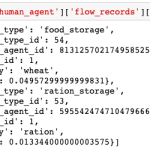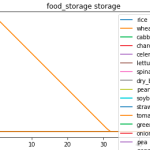Demonstration of live data feed from sensor to SIMOC!
Today the ASU Computer Science Capstone team conducted a live demo of a sensor generating data and delivering it into the SIMOC front-end dashboard. This marks an exciting point in development as we move to provide SAM with a rich, dynamic sensor array for real-time monitoring of the breathable air, capture of the data for local observation, and display to the world via the National Geographic hosted SIMOC interface.
Notes:
– interpolated every second
– 24 seconds load and cache
– demonstrated an increase to 14,000 ppm with Greg’s breathing on the sensor
– It works! and looks great!









